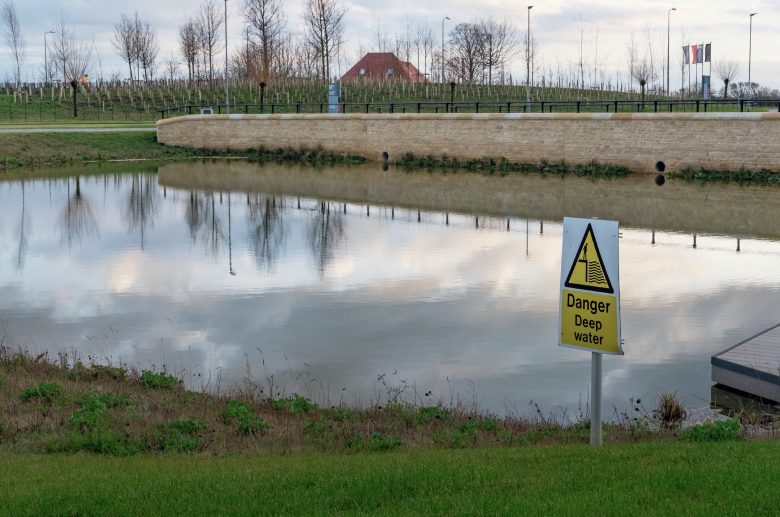
This article is relevant to OCR A2 Unit G153 and G154 (Summer 2014); and AQA A2 Unit 4 LAW04.
You don’t need to ‘break and enter’ to commit a burglary. Prior to the Theft Act 1968 there had been a bewildering series of statutory definitions of burglary under the Larceny Act 1916 as amended. These included breaking and entering, or entering or breaking out of an array of different buildings in such cases where the defendant intended to commit, committed or had before the time of breaking out committed an arrestable offence (etc.). Some offences could only be committed ‘at night’, while others could be committed ‘at any time’. The array of offences was simply impossible to substantiate.
Your organisation does not have access to this article.
Sign up today to give your students the edge they need to achieve their best grades with subject expertise
Subscribe




